Secretive Taiwanese Cruise Missile Able To Strike Deep In China May Have Broken Cover
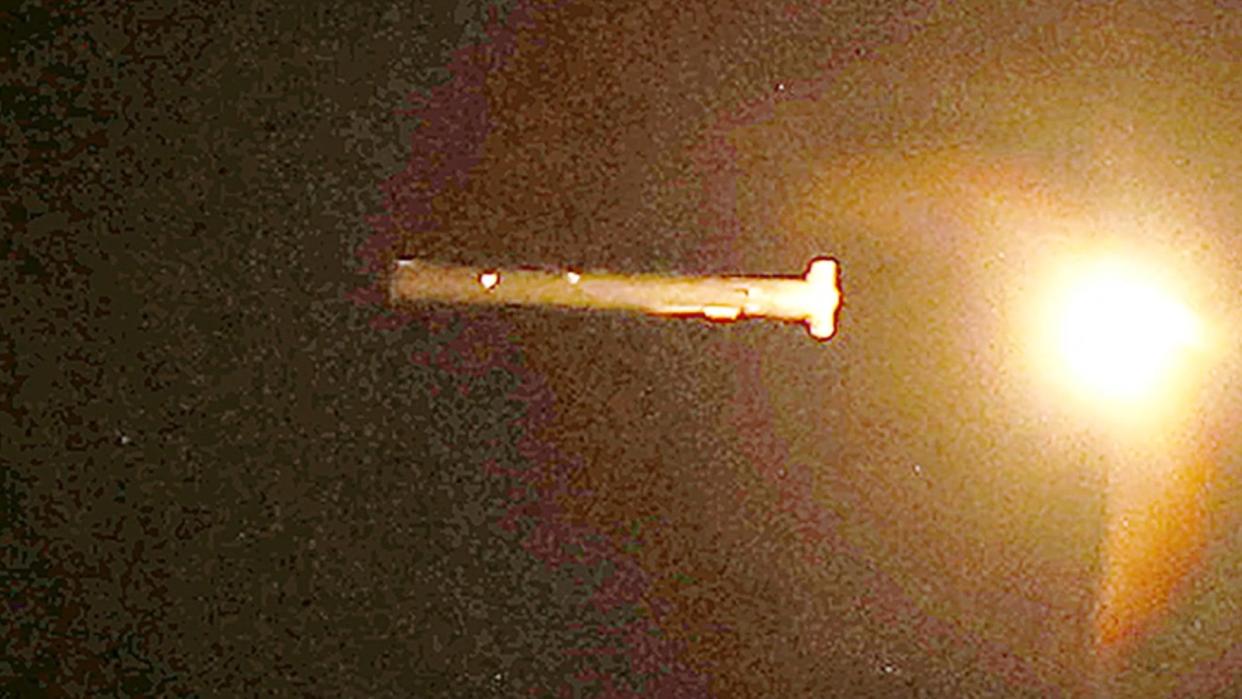
A newspaper in Taiwan has published pictures and video clips that it says offer the first-ever look at the Hsiung Feng IIE land-attack cruise missile. This missile has reportedly been in Taiwanese military service for more than a decade, but has never been seen publicly in that time. It is one of a number of secretive counter-strike capabilities Taiwan's armed forces are understood to possess to try to help deter or respond to a Chinese military intervention by holding targets on the mainland at risk.
The report from Taiwan's United Daily News (UDN) says the imagery was captured during a recent nighttime launch from the Jiupeng military base in Pingtung County at the southern end of the island. The Hsiung Feng IIE (HF-2E) missile was "understood" to have subsequently flown for "many hours," according to UDN's report.
https://twitter.com/stoa1984/status/1691713617824018477?s=20
A separate report today from Taiwan's semi-official Central News Agency (CNA) says an unnamed "military" source told the outlet that "the Air Force did fire a classified missile on Wednesday, as part of an ongoing three-day live-fire drill" being held at Jiupeng. CNA said the source would not confirm or deny whether the missile in question was an HF-2E.
Though it remains unconfirmed whether an HF-2E was indeed launched from Jiupeng, the base is a known missile test facility. It is also a hub for the National Chung-Shan Institute of Science and Technology (NCSIST), a top Taiwanese military research and test organization that is understood to have been responsible for the development of HF-2E. The base has already been in the news twice this month. On August 3, four people were injured there in an explosion as they were "disposing of missile propellant chemicals," according to a statement from NCSIST. Then, just yesterday, the Taiwanese Ministry of Defense confirmed an unspecified missile exploded unexpectedly in mid-air during a test earlier in the day.
UDN story today does not otherwise offer any significant new details about the HF-2E, official information about which is scant. This missile is understood to be a ground-launched land-attack cruise missile with a design broadly reminiscent of the U.S. Tomahawk in form and function.
https://www.youtube.com/watch?v=TYQWb6cYTL8
According to UDN's report, the booster rocket used to initially launch the HF-2E was seen falling away in the overnight launch. A small jet engine kicked in to power the weapon through the rest of its flight. By all indications, the HF-2E is a subsonic missile.
The imagery UDN captured otherwise shows a long cylindrical missile with what looks to be a relatively blunt nose, fins at the tail end, and what should be pop-out wings toward the rear of its body. This shows some outward similarities to the Tomahawk, but also to the U.S. AGM-84H/K Stand-off Land Attack Missile-Expanded Response (SLAM-ER) derivatives of the Harpoon anti-ship missile.
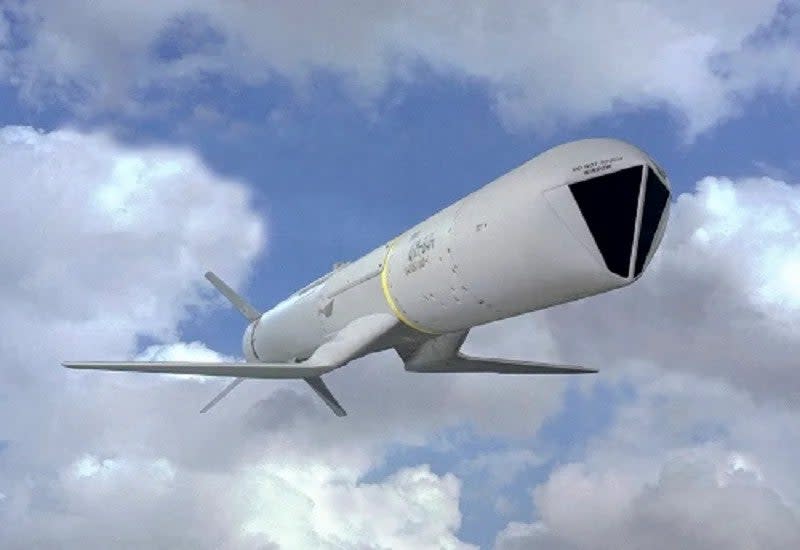
This is certainly all in line with what has previously been reported about the design and capabilities of the HF-2E, the development of which is understood to date back at least to the early 2000s. Full-rate production reportedly began in 2011, but it is unknown exactly when the missile officially entered service.
There are now reportedly at least two different HF-2E variants, a baseline version and an extended-range variant, the latter of which is also known as the Hsiung Sheng. Sources vary widely on the maximum ranges of both types. The baseline design is said to be able to able to reach targets anywhere from 300 to 600 kilometers (186 to 372 miles) away, while the improved version can reportedly hit its mark out to distances between 1,000 and 1,500 kilometers (621 to 932 miles).
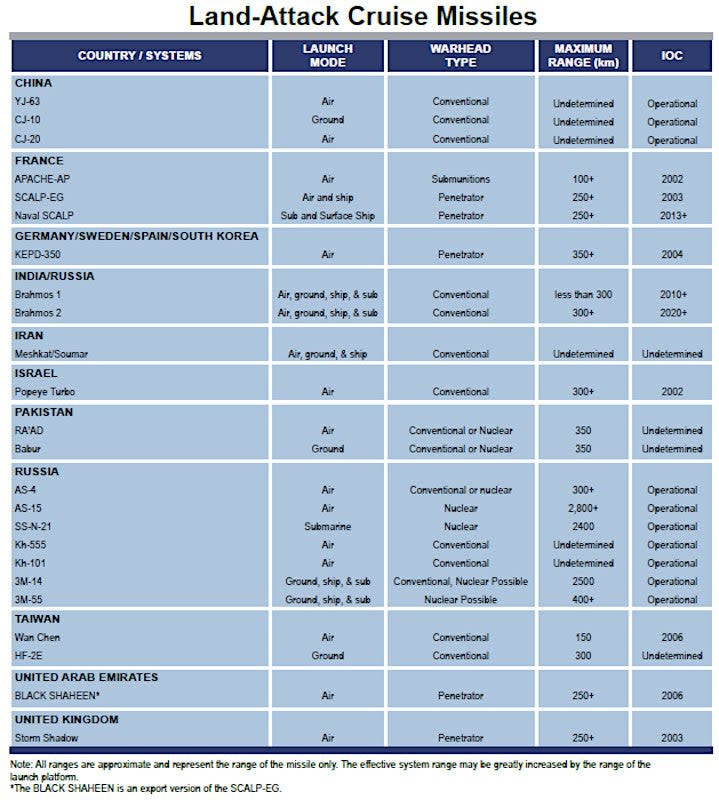
The variations in range may be a product, in part, of different warhead options for the HF-2E, as well as smaller design tweaks. These warheads reportedly include 1,000 and 440-pound class unitary high-explosive types, at least one of which is understood to be a hard target penetrator/bunker buster type. Reports in the past that say a cluster munitions warhead may also have been developed.
HF-2E variants reportedly use GPS-assisted inertial navigation system guidance with an additional terrain contour matching (TERCOM) capability. TERCOM functionality, which is also found on versions of the Tomahawk, as well as other land-attack cruise missiles, can help improve precision navigation and allows the weapon to fly lower and therefore be less vulnerable to enemy defenses. Some reports say that it also has an imaging infrared seeker to further increase its accuracy, another feature found on other land attack cruise missiles like the U.S. AGM-158 Joint Air-to-Surface Standoff Missile (JASSM) and Storm Shadow, as well as newer Tomahawks.
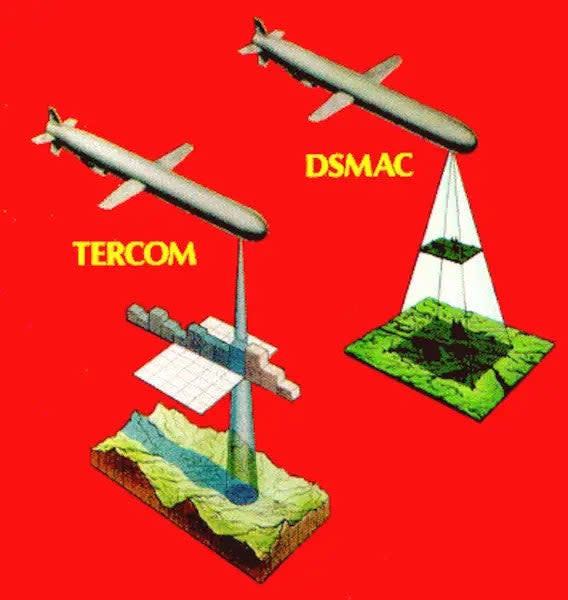
In addition, the HF-2E's designation is reportedly a cover and there is no indication that there is any actual relationship between it and the Hsiung Feng II (HF-2) anti-ship cruise missile.

Whatever the missile's exact capabilities may or may not be, this possible first public look at the HF-2E comes at a time when concerns are growing about the potential for Chinese military intervention across the Taiwan Strait sometime in the next few years. U.S. military officials, in particular, have said that China's People's Liberation Army (PLA) could be in a position where it would feel confident in its ability to successfully execute a cross-strait intervention by 2027, if not earlier.
Taiwan's long-range land-attack strike capabilities are an important factor in trying to deter the PLA from undertaking such an operation. In addition to the HF-2E, Taiwan's armed forces have a supersonic land-attack cruise missile called the Yun Feng with enough range to reach Beijing, which is also believed to be ground-launched.
There is also the air-launched Wan Chien land-attack cruise missile, but this is understood to have a shorter maximum range than either the HF-2E or the Yun Feng.
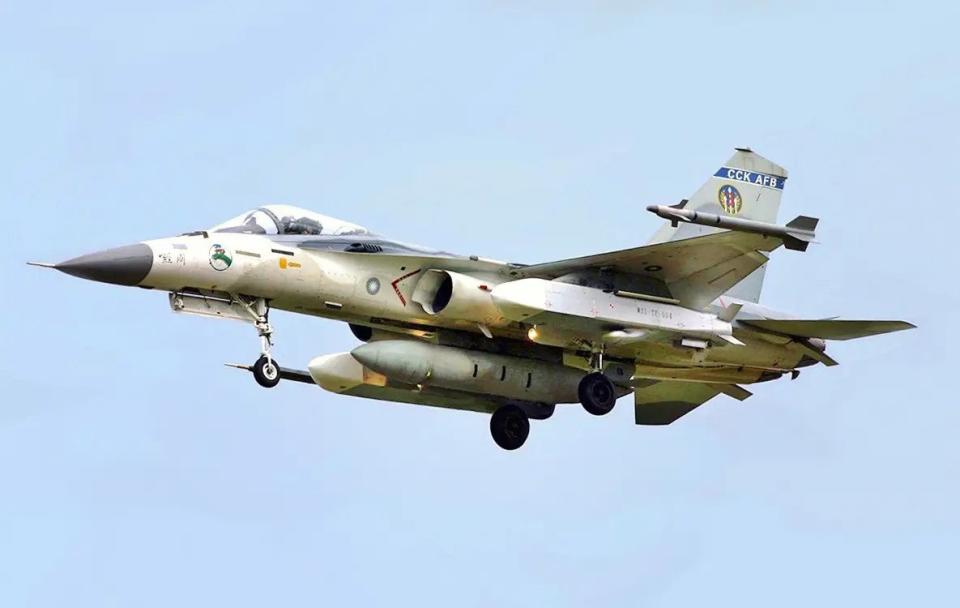
It is not clear how many of any of these missiles the Taiwanese armed forces have in their inventory. Those stocks would be vastly smaller than the total number of air, sea, and ground-launched land-attack cruise missiles, as well as conventionally-armed ballistic and now hypersonic missiles, that the PLA could bring to bear in any future major conflict across the Taiwan Strait. Chinese forces have increasingly demonstrated the capability and capacity to encircle the island with air and naval forces, allowing them to readily strike from multiple vectors at once, as well.
Still, the existence of Taiwanese weapons like the HF-2E does provide a certain degree of deterrence given that they would impose costs on the Chinese mainland in response to any intervention. Employing them against key targets could cause some degradation in actual operations. Strikes against high-profile strategic-level targets, including high-level seats of government, possibly even in the capital Beijing, and critical infrastructure, could have major psychological effects for both sides, as well as other impacts.
https://twitter.com/Missile_Defense/status/1255206150179401728
At the same time, it is important to note that the PLA is a massive force distributed across a very large area and a significant number of total facilities, including numerous hardened command and control nodes. Taiwan's arsenal of counterstrike weapons like the HF-2E would not be sufficient to outright stop an actual invasion from the mainland.
These realities of the threats that Taiwan faces have prompted calls, especially in the United States, to significantly bolster the Taiwanese military's capabilities and overall capacity to resist any future intervention. Last month, U.S. President Joe Biden announced that he had authorized up to $345 million in so-called "drawdown" military aid for Taiwan. This refers to a mechanism through which materiel already in U.S. military stocks can be transferred to American allies and partners under certain circumstances. Though the U.S. government does not officially recognize Taiwan as an independent country, it reserves the right to support authorities on the island and regularly approves more traditional arms sales for its armed forces.
In light of the geopolitical situation in recent years, Taiwan itself is known to be pushing ahead with the development and/or acquisition of a variety of key capabilities, including new submarines and other naval vessels, drones, loitering munitions, counter-drone and other air and missile defense systems, and more. As highlighted by reports about the HF-2E, other work is also going on in the classified realm. U.S. defense contractors have a long history of assisting with Taiwanese military efforts, as well.
Altogether, whether or not the imagery that UDN captured does indeed show an HF-2E, today's report has shone new light on Taiwan's counterstrike arsenal, though what role it might really play in a future crisis is uncertain.
Contact the author: joe@thedrive.com

